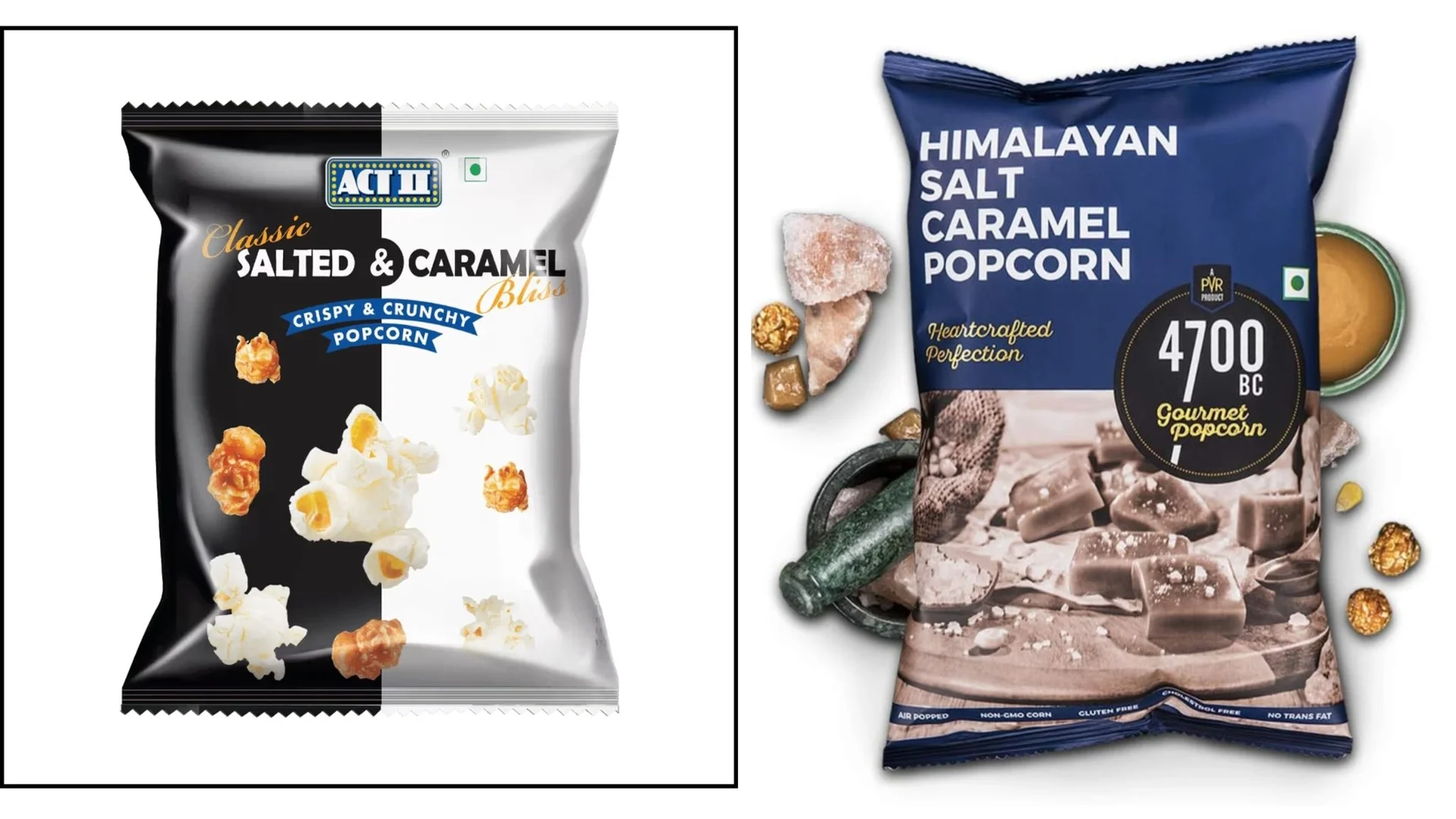A recent report by CRISIL suggests that India’s strong surplus in services trade and robust remittances inflow could help mitigate the potential impact of proposed U.S. tariff hikes under President-elect Donald Trump. While these tariffs pose risks to India’s export sector, the report highlights several factors that may provide resilience and stability to the economy.
Geopolitical Risks Challenge India’s Export Sector
The CRISIL report emphasizes that India’s export sector is currently navigating multiple headwinds, including heightened geopolitical uncertainties. The looming threat of increased tariffs by the United States is expected to create additional pressure on export performance, potentially affecting a broad range of industries. However, the surplus generated by India’s services trade and the steady flow of remittances are anticipated to act as a buffer, maintaining the current account within a safe zone.
The fiscal year began positively for India’s merchandise exports, showing steady growth during the first quarter. However, the momentum faltered in the second quarter as exports contracted. According to CRISIL, the situation improved significantly in October, with merchandise exports posting a sharp recovery. The exports surged by 17.3% year-on-year, marking the fastest growth in 28 months. This rebound came after a stagnant 0.5% growth in September and an average decline of 5.8% during July and August.
The October recovery was led by robust performance in core export segments, which grew by 27.7%. Major contributors included engineering goods, electronic goods, chemicals, textiles, marine products, and rice. The gems and jewellery sector also posted an 8.7% increase. Despite this strong performance in core sectors, oil exports declined during the period. CRISIL cautions that sustaining this growth will be challenging amid ongoing external pressures.
U.S. Tariff Hikes and China’s Economic Slowdown Add to Competition
The report highlights the impact of U.S. tariffs on Chinese imports, combined with a slowdown in China’s economy. These factors have intensified competition in Asian markets, including India, as Chinese exporters push aggressively into the region. “The United States has announced tariff hikes on Chinese imports, and more could follow with Trump coming in as the new President. Coupled with China’s economic slowdown, this is triggering aggressive exports from China to Asian markets, including India,” CRISIL noted.
While India’s exports have shown signs of recovery, the report points out that import growth has consistently outpaced exports this fiscal year, leading to a widening trade deficit. This trend, if sustained, could put additional strain on the country’s trade balance and requires close monitoring by policymakers.
Despite concerns about the merchandise trade deficit, CRISIL’s report underscores the stabilizing role of India’s services trade surplus and strong remittances. These factors are expected to continue providing support to the current account, helping offset the negative impact of external tariff pressures and trade imbalances. The report concludes that while challenges persist, India’s economic fundamentals remain strong enough to navigate the complex global trade environment.
In summary, while India faces significant headwinds from potential U.S. tariffs and increased competition from China, the country’s strength in services trade and remittance inflows are projected to offer a degree of resilience, keeping the current account deficit within manageable limits.













